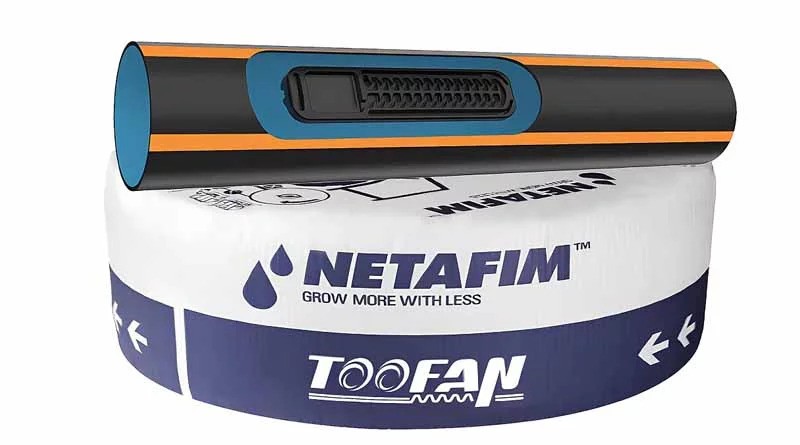The Role of Fertigation in Sugarcane Drip Irrigation
Sugarcane is a high-water-consuming crop that requires efficient irrigation methods to achieve high yields. Traditional flood irrigation leads to excessive water wastage and uneven nutrient distribution. This is where drip irrigation with fertigation plays a crucial role in improving productivity while conserving water.
What is Fertigation in Drip Irrigation?
Fertigation is the process of applying fertilizers through a drip irrigation system. It ensures that essential nutrients reach the roots directly in a precise and timely manner. This technique improves nutrient absorption, reduces fertilizer wastage, and promotes better plant growth.
Benefits of Fertigation in Sugarcane Drip Irrigation
Water Conservation – Saves 40-50% water by delivering it directly to the roots, reducing evaporation.
Efficient Nutrient Supply – Provides small, frequent doses of nutrients for optimal growth.
Higher Yield & Quality – Ensures better growth and higher sucrose content in sugarcane.
Weed Control – Minimizes weed growth by keeping surface moisture low.
Reduced Labor & Costs – Automated systems cut manual work and farming expenses.
Why Choose Drip Irrigation for Sugarcane?
Since sugarcane is a tropical crop, it requires a steady water supply throughout its long growth cycle. Drip irrigation with fertigation ensures uniform moisture levels, preventing water stress and promoting strong root development.




Comments
Post a Comment